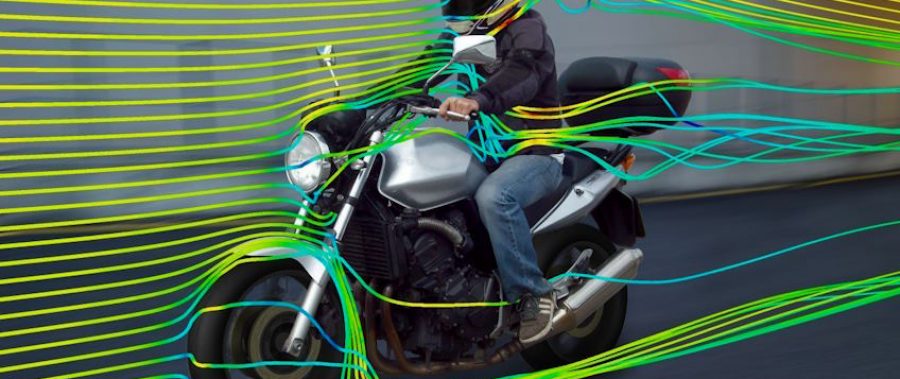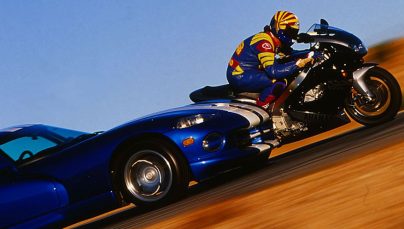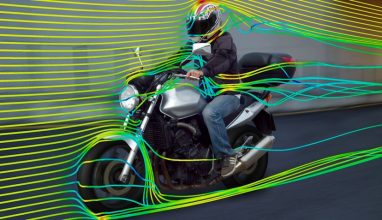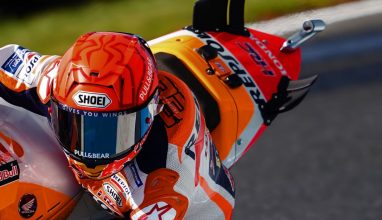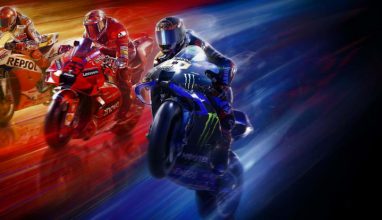Aerodynamics is the study of how air flows around objects and gets frequently referred to as an art. Not really. It is a science to get mastered calls for a very high level of mathematics, meticulous observation, curiosity, logical reasoning, and an open mind the essential pillars of scientific thought. What is the connection between aerodynamics and speed, and the role of aerodynamics in motorcycle racing?
How does motorbike speed differ depending on aerodynamics?
Aerodynamics gets defined as the interaction of airflow and the production of powerful bodies through the air. While understanding the principles of motorcycle aerodynamics, you need to know that for an efficient aerodynamic effect, we must contend with strong inertia forces like drag, lift, and side forces. Motorcycles are exposed, which causes turbulent, reverse, and separation flows that add to the overall drag force the vehicle must resist.

The Role of Drag:
A fast-moving motorcycle pushing through an air mass will encounter increasing resistance amount as the vehicle’s speed increases. Drag is the more common name for this air resistance. A motorcycle with a large frontal area will produce higher levels of drag than a motorbike with a small frontal area, and this relationship between frontal area and drag is relative.
The drag coefficient of a motorbike may range from 0.5 to 1.0, which is about twice that of a modern motorbike while having a frontal area of about two-thirds less than that of the ordinary car. However, for maximizing aerodynamic efficiency on the race track, a current trend in motorcycle design is to add fairings and winglets to the front of the motorcycles to boost downforce and improve load transfer.
Effects of drag, lift, and side forces:
When the motorcycle’s airflow moves from the front to the back, there forms inconsistent drag. Fast as the air strikes the motorcycle’s front, a boundary layer forms and separates like a ferocious torrent. The impact can get reduced by smoothing the surface and fairing. When the stream splits, it moves erratically and oscillates in the center of the motorbike (around the body and passenger) as it continues towards the motorcycle’s body. The boundary layer finally loses enough energy to detach from the body surface.

Role of Turbulence:
Behind the motorbike, the split flow continues moving and creating a choppy wake. This turbulence gets what caused the sharp impact we felt when a vehicle cut us off. The primary reason for such fluctuations in aerodynamic forces is surface variances around motorcycle bodies. Analysis requires identifying the different components of the airflow and boundary layer, where it turns turbulent, and the distance crossed over the body. The flow speed is also crucial.

